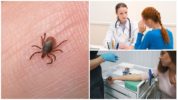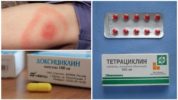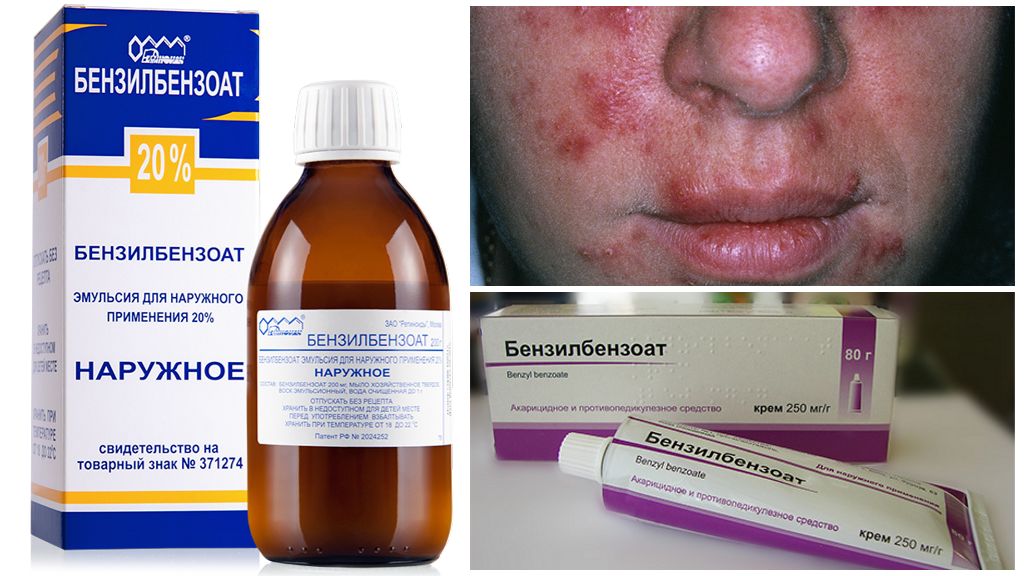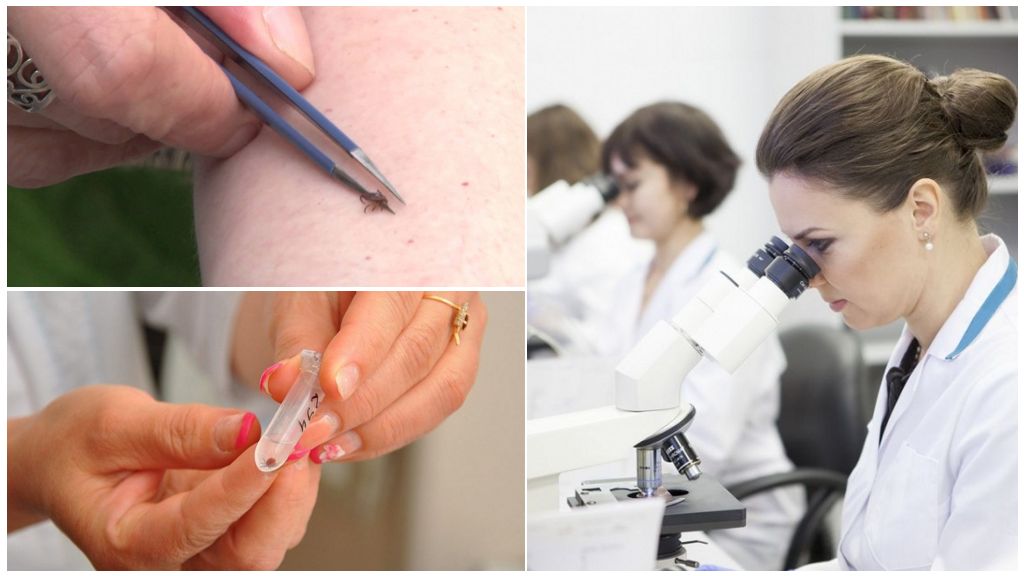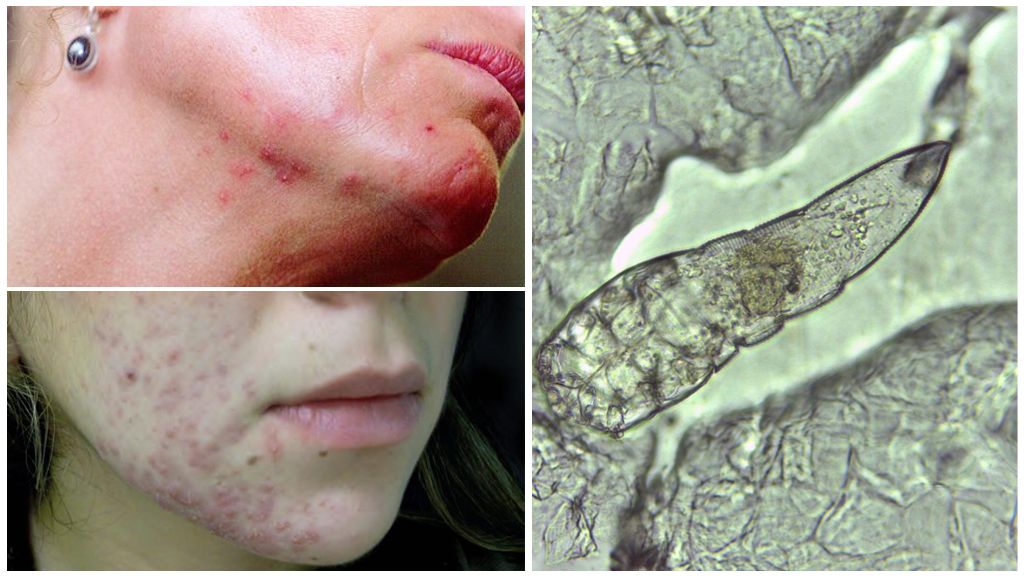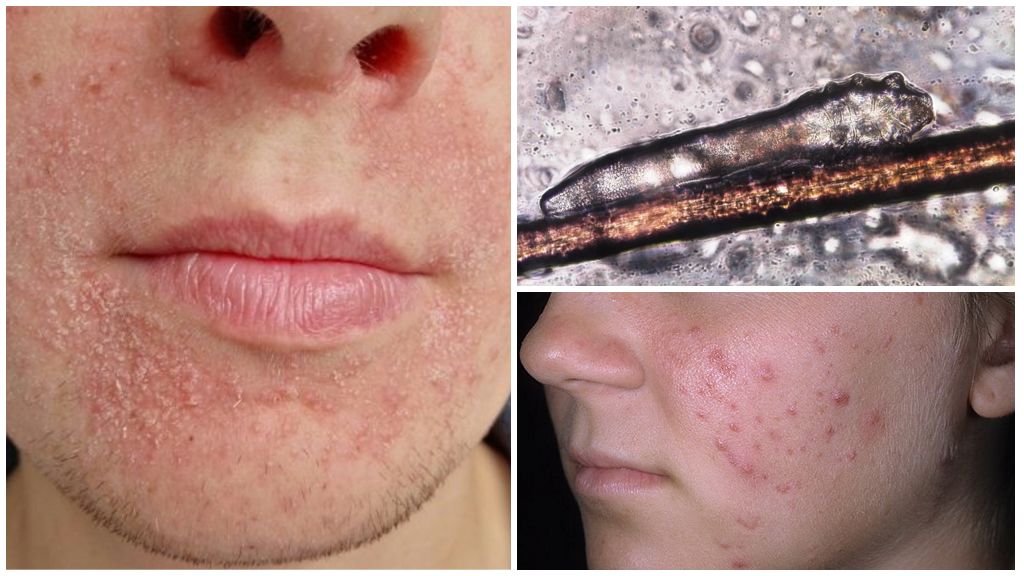- Monocytic ehrlichiosis in humans
- Diagnosis of monocytic ehrlichiosis in humans
- Treatment of monocytic ehrlichiosis in humans
Tick-borne ehrlichiosis is a disease that is caused by the bacteria Ehrlichia. For many years, it was believed that only sheep, goats, deer, horses, dogs and cattle can get it. But later, scientists were able to detect the pathogen in human blood. Ehrlichiosis suppresses the immune system and makes a person vulnerable to many diseases.
Some historical facts
Earlichias were previously found only in animals, so the veterinary industry was more interested in the diseases that they provoke. The idea of these parasites changed dramatically when, in 1953, ehrlichia species Ehrlichia sennetsu were discovered by Japanese researchers in the human body.
On a note!
Scientists were studying fever Sennetsu, which was very similar to infectious mononucleosis. As a result, it was possible to prove that the disease was provoked by one of the varieties of ehrlichia.
Then the bacteria gained great interest of researchers and for 20 years they were able to isolate several more species that can cause diseases in humans. Today, about 6 varieties of the pathogen are known.
Symptoms of ehrlichiosis in humans
The disease is most prevalent in Mexico and the USA. It is extremely common in Russia, mainly in rural areas.
Important!
Ehrlichiosis is not transmitted from person to person.
Ehrlichiosis from a tick can be diagnosed in people of different ages and sex. But according to statistics, the average age of patients is at least 42 years old. However, there are cases when ehrlichiosis after tick bite found in children.
The development of the disease begins gradually. The first 2-3 weeks after a tick bite, ehrlichiosis is in the incubation period. In more rare cases, symptoms do not appear for several months.
Further symptoms are activated suddenly and very quickly increases its manifestation. There are several types of ehrlichiosis from ticks in humans, they differ in the type of pathogen. Symptoms may also be slightly different.
Common signs of the disease:
- Sudden fever.
- Chills.
- Heat.
- Headache.
- Muscle pain.
- Joint pain.
- Nausea.
- Vomiting
- Diarrhea.
Important!
In advanced cases, disorientation in space, renal failure, shortness of breath, convulsions may occur. In the most severe cases, the disease ends in a coma and death.
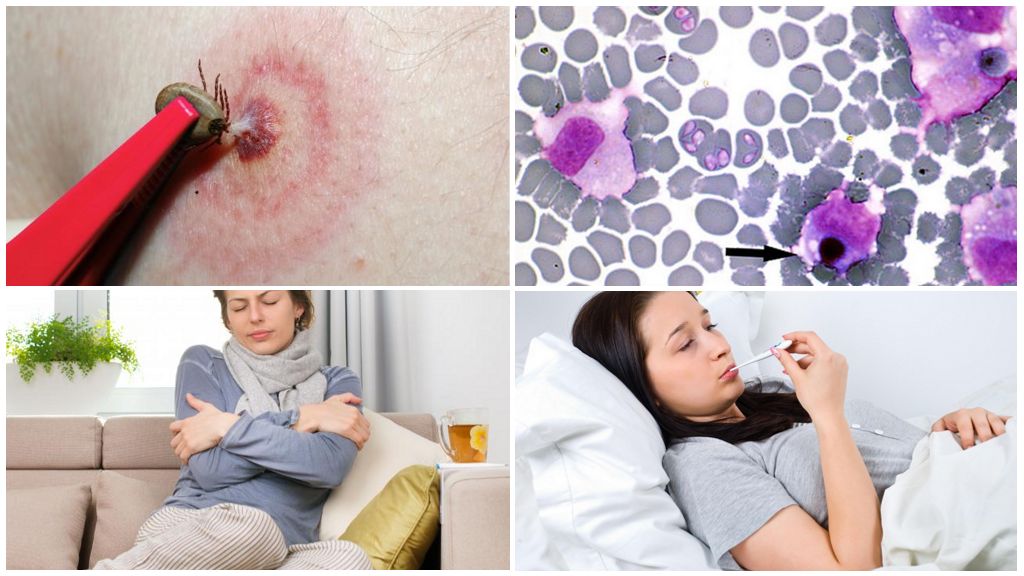
Types of pathogens and manifestations of the disease:
- Chaffeensis. It provokes human monocytic ehrlichiosis. A sign is an increase in the submandibular and other lymph nodes, the development of meningitis. Facial nerve lesions of the central type were also noted. The level of bilirubin rises, so there is also a darkening of the urine.
- Equ. It is the causative agent of granulocytic erlichiosis. It is for this type of disease that a person is characterized by joint pain, headaches, and an increase in body temperature up to 40 degrees. Signs of the disease are increasing every day.The patient feels tired, tired, insomnia is noted. At the initial stage of the disease, a pale pink rash appears on the body. It affects almost all surfaces except the palms and soles. The size of a single pimple does not exceed 10 mm.
On a note!
In rare cases, ehrlichiosis is asymptomatic and the person does not even know about the infection. Strong immunity is able to independently cope with the pathogen and overcome it.
How does infection happen?
The causative agent of the disease enters the person at the time of suction tick on the victim’s body. Ehrlichia penetrate with the saliva of the parasite. Then they spread throughout the body along with the bloodstream. The causative agent attacks white blood cells and significantly reduces the protective functions of the body, suppressing the immune system.
On a note!
Ehrlichiae are gram-negative, rickettsy-like intracellular parasites that quickly decompose in the air. The main habitat is dogs and deer.
It will be possible to detect signs of infection with ehrlichiosis only after the incubation period, when a sufficient number of parasites are formed in the human body, which can significantly complicate the work of the whole organism. Proper treatment will quickly stop the reproduction of the pathogen and cure the person.
Diagnosis of a disease in humans
Given that a person’s ehrlichiosis after a tick bite does not have specific manifestations, they are often confused with other diseases. Similar symptoms are observed with sepsis, flu, upper respiratory tract infections, rickettsiosis, and many others.

Timely access to a doctor will accelerate recovery and facilitate the manifestation of the disease. To do this, after detecting a tick bite, it is important to monitor the condition of your body. At the time of treatment, the following information may be helpful to the doctor:
- Prescription of a tick bite.
- When the first signs appeared.
- Description of the appearance of the tick will help to quickly identify the source of the disease.
A special role in the diagnosis is assigned to the epidemiological situation in the patient's region of residence. For diagnosis, the blood of an infected person is used.
Important!
About 60-70% of sick people need urgent hospitalization and intensive care.
Ehrlichiosis can be detected by:
- PCR;
- serological testing;
- microscopic method.
Purpose analyzes after a tick bite is the identification of specific antibodies that are able to confirm the presence of erhiliosis in the human body.
Ehrlichiosis treatment
Ehrlichia susceptible to tetracycline antibiotics. In most cases, they prefer to treat the patient Doxycycline. The use of chloramphenicol is also allowed.
The order of treatment with various antibiotics after a tick bite:
- Tetracycline: 0.3-0.4 g 4 times a day.
- Doxycycline: 0.1 g twice a day in the first 24 hours, the following days a single injection.
If the patient is allergic to tetracycline antibiotics, he is treated with Rifampicin, the average course of treatment is 7-10 days. A shorter duration is impractical even with a clear improvement in the patient's condition.
Important!
According to statistics, mortality from monocytic ehrlichiosis in humans is up to 5%, with granulocytic up to 10%. Data presented from studies in the USA,
With the development of complications and the acute course of the disease, the participation of narrow specialists is required to stabilize the patient's condition.
To alleviate the condition of the patient, various antipyretic drugs can be prescribed. Most often in this capacity I use Paracetamol or Ibuprofen.
The prognosis largely depends on the timeliness of the started treatment, as well as the initial state of the body. It will be harder to cure a person with a weakened immune system, a low level of platelets and white blood cells.
At the beginning of therapy in the early stages of the disease, the patient feels relief after 48 hours. After recovery, the body develops a stable immunity, which lasts for 2 years.
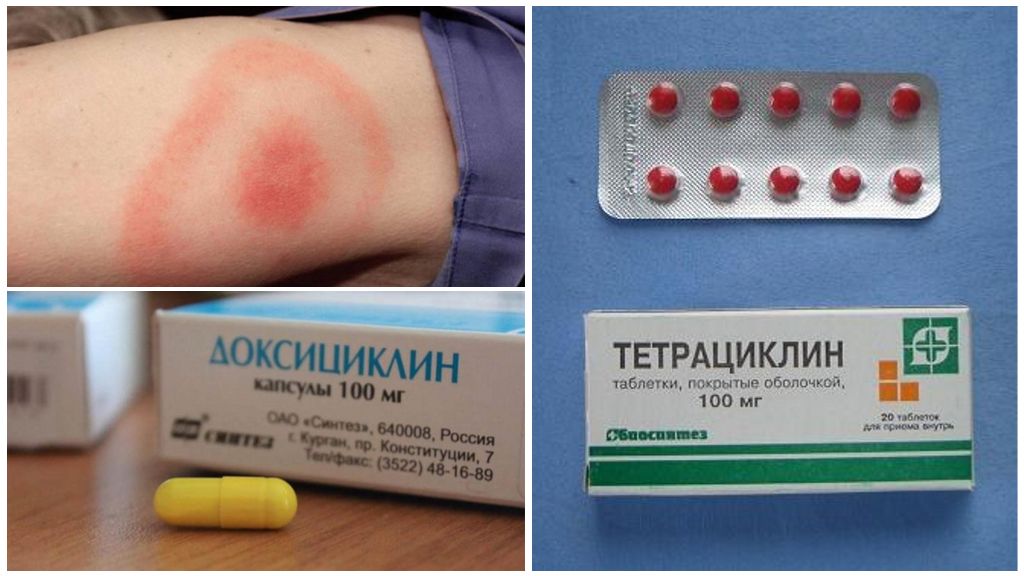
Disease prevention
Ehrlichiosis is a natural focal disease. His diagnosis is observed in tick activation period, which occurs in late spring and until the very beginning of the cold autumn. There is no specific prophylaxis of erhiliosis, therefore vaccination is not carried out. To minimize the risk of infection, adhere to standard rules for the prevention of tick bites:
- Using modern repellents. It is different sprays, ointments, gels and creams. Preference should be given to those products that contain the substance DETA. The concentration of the active substance should be 20-30%. They are applied directly to the skin or clothing before going outdoors. Permethrin-based repellents are not applied to the skin; they are sprayed onto clothes and a tent. For children and people prone to allergic reactions, there are certain types of drugs that are not dangerous even for weakened organisms. Before use, it is best to consult with a specialist.
- For a walk in potential tick habitats suitable clothing should be chosen. It should cover as much as possible all areas of the body, have tight cuffs, tucked sweaters in trousers, trousers tucked in socks. The color of the clothes is better to choose light, to more easily identify the tick. On sale there are special mite suits.
- Regular examination of yourself and family members after outdoor recreation. Before a bite, a tick can crawl over a person’s body for a long time in search of the right place. This makes it possible to detect the parasite until it is sucked.
- Similar protection is also necessary for pets that live with the person. Animals should be inspected regularly; while walking in nature, use dog tick remedies special protective compositions for cats.
- If a tick is found on the human or animal body, it should be removed as soon as possible. For this, it is best to resort to the help of specialists. Self-repair tick using oil formulations, alcohol, tweezers and other known methods can be very dangerous.
Thus, ehrlichiosis in humans from a tick bite poses a very serious danger to human life. That is why you should adhere to the existing rules of prevention and carefully monitor the condition of your body. Diagnosing the disease at an early stage will greatly facilitate the task for doctors and speed up recovery.

